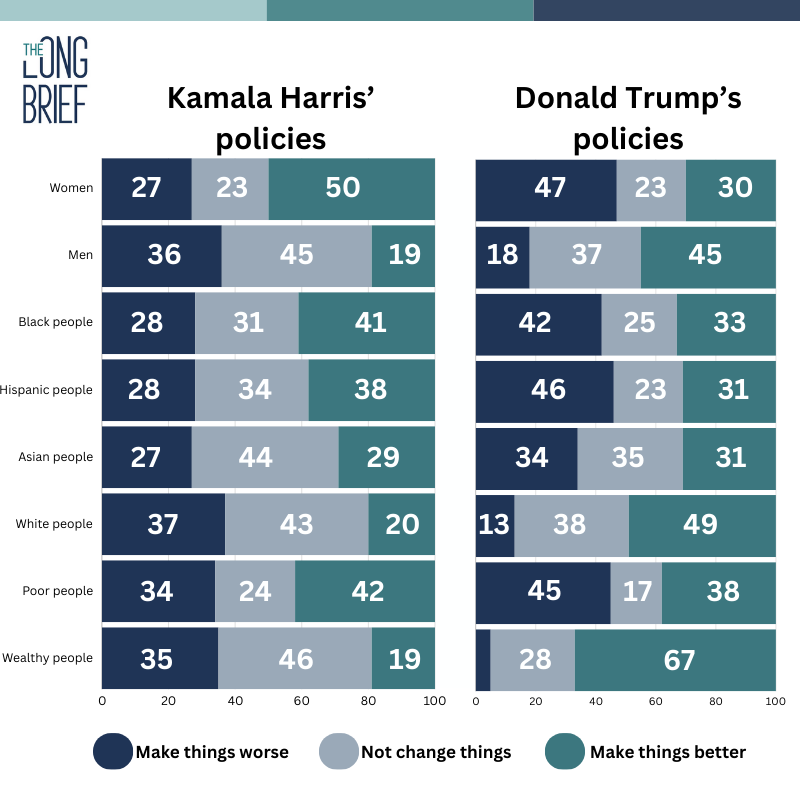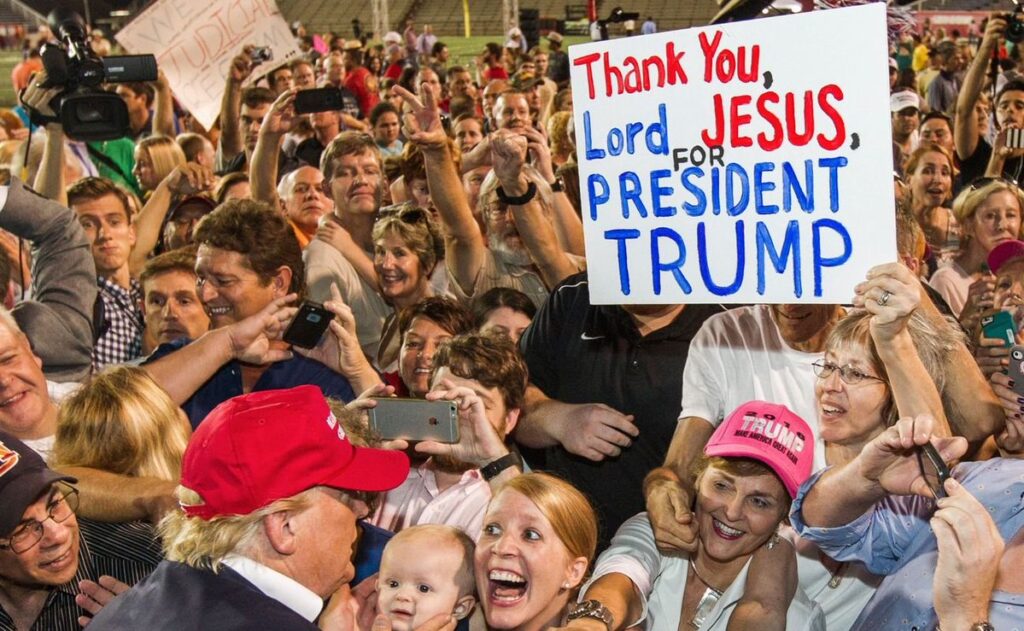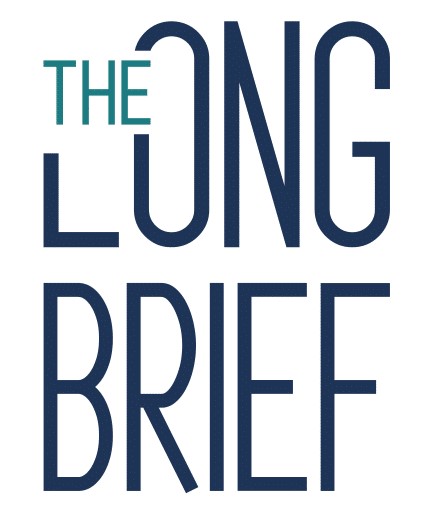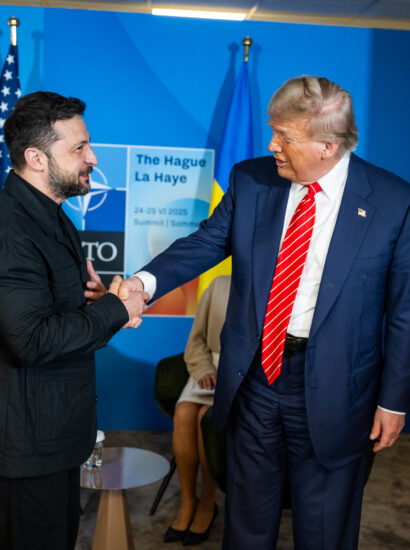Less than a month before the US presidential election, we decided to delve deeper into how Americans choose their candidates. For this reason, we asked American politics expert Tamas Magyarics on how populism and wokeism have captured public discourse.
Professor Tamas Magyarics is a historian and former ambassador. Currently, he is Senior Research Fellow at the John Lukacs Institute at the Eotvos József Research Centre of the Ludovika University of Public Service in Hungary. Magyarics is probably Hungary’s most prominent expert in US politics and history. He has been on the faculty of the School of English and American Studies, ELTE, Budapest, since 1987. He also taught at various foreign and Hungarian universities. He was a senior research fellow and director at the Institute for Foreign Affairs and Trade. He is also editor-in-chief of Hungarian Conservative magazine, and he has published on various aspects of the history and foreign affairs of the United States and the United Kingdom, as well as on questions related to the Atlantic community.
How are voter groups changing in the United States for the 2024 presidential election? Typically, who are the voters of the two major parties?
The Republicans are supported by two-thirds of the white voting group, which represents traditional values. Among these traditional values are opposition to abortion, the importance of family, and the significance of religion. The support of committed Christians was undeniably necessary for Donald Trump’s victory in 2016, and it will be so in the November elections as well.
In contrast, the Democrats perform well among minorities.
In terms of minorities, there is a shift in the numbers: compared to 2020, Trump has doubled his support among Black voters from 9 percent to 18 percent, and among Latinos, he has reduced his minus 25 percentage point to minus 12 percent. Of course, this is not game-changing, but it shows changing trends. Among members of the LGBTQ community, Democrats lead by 75-80 percent. In contrast, the Republicans enjoy only 7 percent support among them. There is also a gender gap: the majority of women, typically suburban white women, are anti-Trump voters, while the majority of men support the Republicans. In terms of age, although support for the Democrats among young people has decreased, they still rank first in this group, while the Republican Party is clearly the party of those over 50.
How does the geographical distribution of the two political camps look?
In America, the contrast between urban and rural areas is very sharp. And when we project this onto the USA’s electoral map, with the exception of the East and West Coasts, as well as the states of Wisconsin, Pennsylvania, and Michigan, that represent the Blue Wall, the rest is entirely red, meaning Republican. Those living in this area rightfully feel that the economic and cultural elite from the East and West Coasts look down on those living in the Midwest, the South, and the Rocky Mountain states. As a result, these voters are anti-elite.

Percentage breakdown of voters on what different groups expect from a Harris or Trump presidency (Source: Pew Research/The Long Brief)
The US Presidential Election: Populism vs Elitism
The Republican Party and Donald Trump himself are often labeled populist and anti-elite. How should these concepts be interpreted in American political thinking, where there is a strong tradition of populism?
The Trump-style “drain the swamp” is not a new concept. The anti-elite sentiment was already part of Andrew Jackson’s policy – who was the first president born in the Midwest – to replace the Eastern elite. In the last 50 years, everyone from Jimmy Carter to Bill Clinton and Barack Obama has taken a stand against the Washington bubble. Moreover, populism has a dual meaning.
On the one hand, it can be a good thing, as populist politicians tend to govern according to the will of the majority, which is not to be dismissed in a democracy. On the other hand, it also means that the politician always aligns their views with the masses, allowing the crowd to lead.
However, the Democrats stand on the side of the elite party against the Republicans. They believe in a kind of social engineering, meaning they want to transform and educate the masses.
Concerning social engineering, can we state that the far left has taken control within the Democratic Party, and the phenomenon of wokeness infiltrated into their ranks? Are there any signs pointing to this?
The best indication of the disappearance of centrist politics is that when Hilary Clinton ran as a centrist candidate in 2016, she was unwilling to cooperate with the left and she lost. Clinton and Bernie Sanders engaged in a fierce competition for the nomination, up until the last moment. Although she defeated Sanders, she ultimately lost the battle for the presidency because many of the Sanders supporters were unwilling to vote for her, and some even switched their votes to Trump. Biden learned from this and made a deal with Sanders in a 105-page document. This progressive program was adopted with its many aspects, for example, regarding fracking, oil extraction, and various green policies. A kind of quota in the spirit of DEI (Diversity, Equity, and Inclusion) has been implemented in the government and other institutions, such as universities, have been urged to follow suit.
The Recent Campus Protests Not Comparable to the Anti-Vietnam War Demonstrations
A related question to the universities. Are the pro-Palestinian protests on university campuses not necessarily erupt spontaneously but are the result of external powers, specifically Iran’s influence? What do you know about these assumptions, and to what extent can the current movements be compared to the anti-Vietnam War protests of the 60s and 70s?
I think that what’s happening now is not really the kind of thing that resembles an anti-Vietnam War movement. At that time, the stakes were higher due to America’s direct involvement in a war. Another point is that the protests of the sixties and seventies were linked to feminism, particularly its second wave, the demand for human rights, as well as desegregation and the emergence of counterculture. Let’s not forget that these were, on one hand, more violent and of a national nature. In contrast to the current symptomatic cases, where the previously listed demands do not play a role, it is true that there are more universities involved, but in terms of national scale, they are relatively insignificant.
Regarding the Palestinian issue, how does the Democratic Party’s stance on U.S. Middle Eastern policy and support for Israel affect its electoral chances?
The situation in the Middle East has taken on a new dimension since the recent Iranian missile attacks.
If the situation escalates, America will stand much more clearly by Israel’s side, and it is already doing so. In this case, anti-Israel protest sentiment may intensify on the left.
The proponents of these, such as Alexandria Ocasio-Cortez and the so-called members of the Squad, such as Rashida Tlaib, Ilhan Omar, and Ayanna Pressley, have repeatedly expressed positions condemning Israel. This could possibly influence the policy of the Democratic Party. It may happen that the large block of Jewish Americans voting for Democrats will, this time, vote for Kamala Harris and the party with a smaller margin rather than a two-thirds majority. For example, a recent survey shows that in New York State, Trump is supported by nearly 50-50 among Jewish voters; of course, he has no chance in New York itself, where Harris has support in the double digits, so he cannot win the state.

Republican presidential candidate Donald Trump greets supporters on August 21, 2015 in Mobile, Alabama. Source: Republicans Against Trump Twitter page
Let’s turn to the Republican Party. Although it seems that Trump has successfully taken control of the party, there are still those who oppose this. Just mention the “Republicans against Trump” Twitter page is quite popular, and former Vice President Richard “Dick” Cheney even went so far as to endorse Kamala Harris.
There are such groups within the GOP, like the ‘Never Trumpers’ or the Lincoln Project. They represent the traditional Eastern Seaboard republicanism that was previously embodied by the so-called Rockefeller Republicans. Also, the Neoconservatives, like Bill Kristol or Robert Kagan.
They switched sides because they saw that the Democrats more strongly represented the active expansionist foreign policy that they wanted to see.
I don’t believe that Richard Cheney, who now supports Kamala Harris, and who was the devil incarnate on the Democratic side, would significantly influence the electoral process. He has not been in high politics for almost 20 years; he is no longer an influential player. The question is how these anti-Trump groups, which are dwindling in number, would vote and what proportion would choose not to show up at the polls. On the other hand, Trump’s team secured a significant number of worker votes from the Democrats. So, from the perspective of electoral math, Trump gained more at the customs than he lost through it.
According to an interesting theory, are Trump and Trumpism Barack Obama’s “offsprings?” I’m asking that because, as you mentioned, Obama also campaigned with simplified promises, aimed at dismantling the Washington elite. Trump saw an opportunity in this and perfected it in his own populist politics. On the other hand, he also wanted to take personal revenge on Obama and the Democratic elite. It is a well-known case that in 2011, President Obama publicly humiliated Trump at a White House gala dinner.
It is likely that a personal vendetta fueled Trump when he launched his presidential campaign, but “Trumpism” could only emerge as more and more people felt that the Democratic (and Republican elite) looked down on them; see Hillary Clinton’s remark about the “deplorables.” Furthermore, Trump sensed that the Democrats, including Hillary Clinton, are engaged in a kind of culture war instead of addressing the concerns of the struggling middle and lower classes, such as the outsourcing of jobs.
Finally, let’s talk about the Hungarian-American relationship. What additional benefits could a Trump victory bring to the connection between the two countries? In contrast, what negative processes could Harris’s success trigger, considering that the Orbán government has repeatedly stated which candidate it prefers? In the case of a Harris presidency, what steps can Hungarian foreign policy take to at least restore relations to a normal level?
In the event of a Trump victory, the tone may change, potentially returning to the relationship experienced during David Cornstein’s time, when disagreements were not intended to be resolved in public. Generally speaking, Trump is not in favor of the United States publicly lecturing governments (especially allies); in line with a realist perspective, he does not wish to interfere in the domestic politics of individual countries to the same extent as the more ideological Democrats. A Harris presidency would bring about a confrontational relationship similar to the current one, with public debates.
At the same time, both the Trump and Harris administrations are firmly enforcing perceived American interests against Hungary, primarily in three main areas: its relations with Russia and China, and regarding appropriate contributions to shared costs within NATO.








[…] approval than her opponent from Black Protestants (86 percent), Hispanic Catholics (65 percent) and Jewish voters (also 65 […]